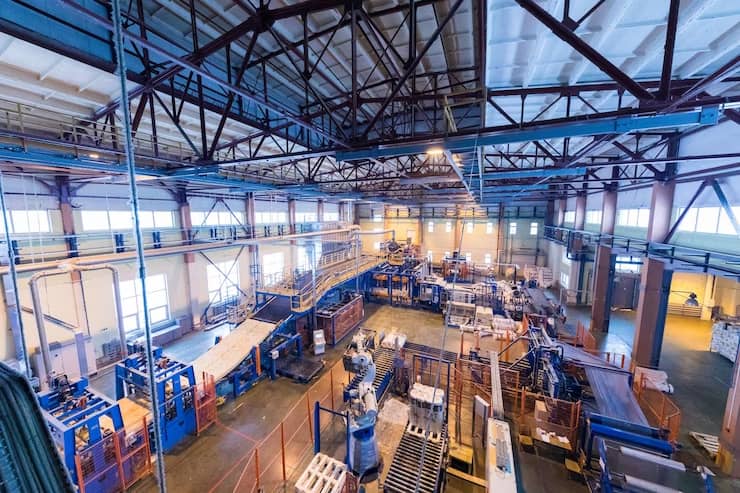
The secondary sector, often known as the backbone of industrialization, has played a pivotal role in shaping global economies from the era of industrial revolution to the present.
In this in-depth exploration, we’ll delve into the inner workings of the secondary sector, examining both light and heavy industries, their defining characteristics, and their lasting impact on the worldwide economic landscape.
Understanding the Secondary Sector
The secondary sector, also referred to as the secondary economic activity, involves the transformation of raw materials from primary activities into refined consumer goods. It represents the heart of industrial production, converting raw materials into finished goods for the consumer market.
The Essence of Light Industries in the Secondary Sector
Light industries are characterized by labor-intensive operations and a focus on end-user production. These industries maintain a smaller environmental footprint and are often situated closer to residential areas for convenience.
Instances of Light Industries in the Secondary Sector
These industries span across various sectors:
- Food manufacturing: Covering diverse segments from flour milling to frozen food production;
- Beverage and tobacco product manufacturing: Involving soft drink production and wineries;
- Textile mills, apparel, and leather manufacturing.
The Realm of Heavy Industries in the Secondary Sector
Heavy industries stand out for their large-scale manufacturing processes and capital-intensive operations, taking on massive projects that demand substantial resources.
Illustrative Heavy Industries in the Secondary Sector
- Petroleum and Coal Products Manufacturing: Covering petroleum refining and asphalt production;
- Chemical manufacturing: Encompassing industrial gas, synthetic dye, and fertilizer production;
- Transportation Equipment Manufacturing: Involving motor vehicle and aerospace production.
Key Characteristics of the Secondary Sector
- Dominance in leading nations like the United States, China, and Europe, with light industries primarily located in urban settings and heavy industries in rural areas;
- The sector thrives on capital and labor-intensive processes and relies on primary sector raw materials.
Expanding on the Secondary Sector’s Relevance
The secondary sector’s influence extends into several pivotal domains:
- Secondary Sector in Global Trade: Acting as a crucial contributor to global trade dynamics, manufacturing hubs across nations foster international commerce, influencing global economic relations;
- Employment and Skill Development: Offering diverse employment opportunities and fostering skill development through vocational training and technical education, empowering the workforce with specialized skills;
- Innovation and Research & Development: Driving advancements in product design, production techniques, and materials, ensuring competitiveness and market relevance;
- Role in Social and Economic Infrastructure: Beyond production, contributing to community development initiatives and public services, driving societal progress.
Conclusion
The secondary sector, spanning manufacturing and heavy industries, significantly shapes global trade, employment, innovation, and community development.
Anchoring supply chains and fostering economic ties, it is integral to international commerce while empowering workforces and driving technological advancements. The sector’s commitment to innovation, alongside its societal contributions, ensures continued evolution, resilience, and progress in global economies.